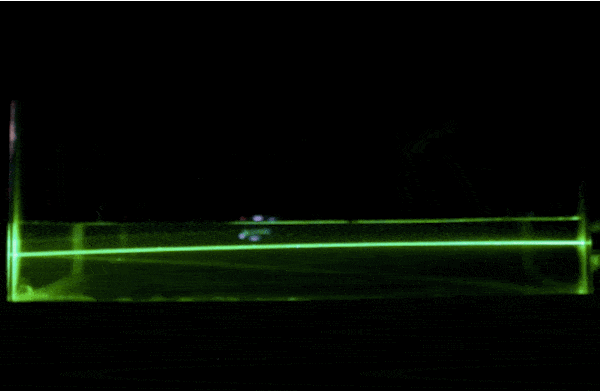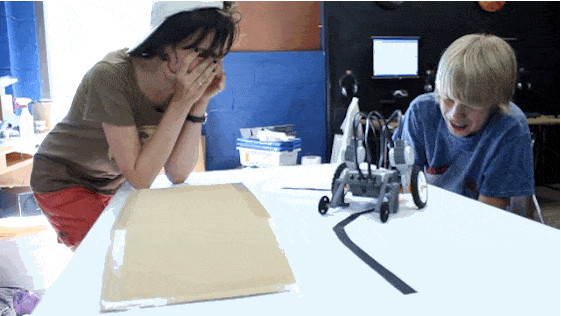
Lasers (Light Amplified by Stimulated Emission of Radiation) are awesome! We use them for medicine, science, and even entertainment. But one of the most practical uses for a laser is the transmission of information. The information can come in a variety of different forms, from music to television to internet. This idea of information transfer just using light shouldn’t come as much of a shock. Radio stations have been transmitting information using light waves for over a century. Lasers just take this technology to the next level, allowing more data to be transferred at a quicker rate. While radio waves can pass through most everyday objects, laser light would be blocked and the information lost. To solve this problem engineers have invented the fiber optic cable.
How Do Fiber Optic Cables Work?
Fiber optics allow for the transmission of information, like the internet and cable TV. They carry information between two places using entirely light-based technology. In a cable, there can be as little as two fibers, or as many as several hundreds. Each fiber is about as thick as a human hair and is constructed in such a way that laser light cannot escape it, even though the cable is transparent. We call this “total internal reflection”, meaning any light from inside the cable gets bounced back into the cable. Long strings of fiber optic cables allow laser information to travel very far with very little loss of information. If you have HD television or high speed internet, chances are that you are using a fiber optic cable and you don’t even know it.
For the clearest example, a laser beam can be sent down the fiber. The laser is always one color of light that travels coherently. “Coherence” is when waves of light line up to be in phase. Two different colors of light can never be coherent because they have different wavelengths.
The light from a laser will also always travel in a straight line. So why can it bend around and through a fiber or stream of water? The fibers being used are made of glass, plastic, or a combination of the two. These all have a higher index of refraction than the air, causing the light to bend from one medium to the next. If the angle that the light is being bent is less than 42˚, then the light will bounce backwards as if it hit a mirror. This is called total internal reflection.
The light waves are guided through the optical fibers due to this phenomenon of light bouncing back and forth down the cable. This allows the light information from the beginning to be able to make it all the way to the other side without losing much energy along the way.




